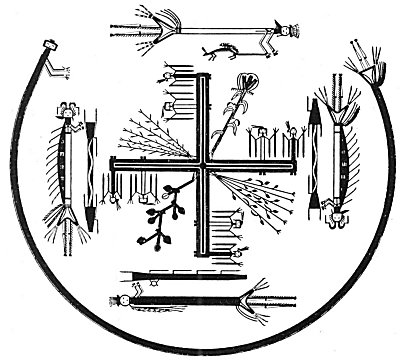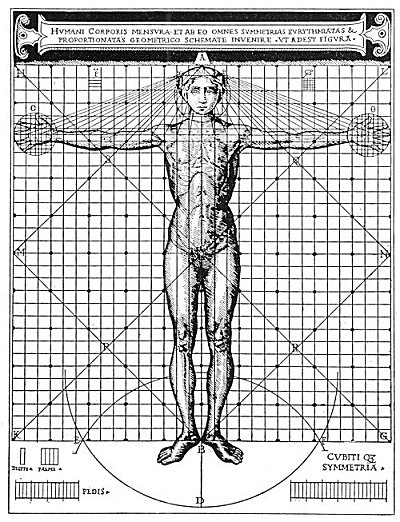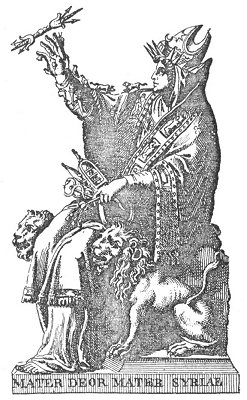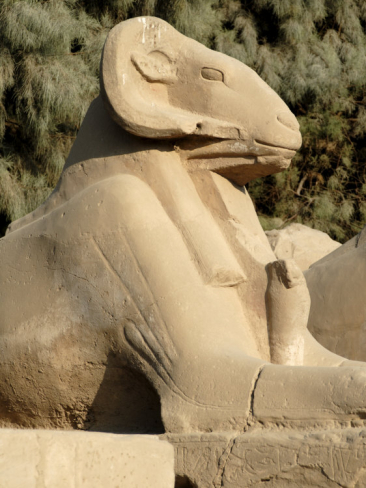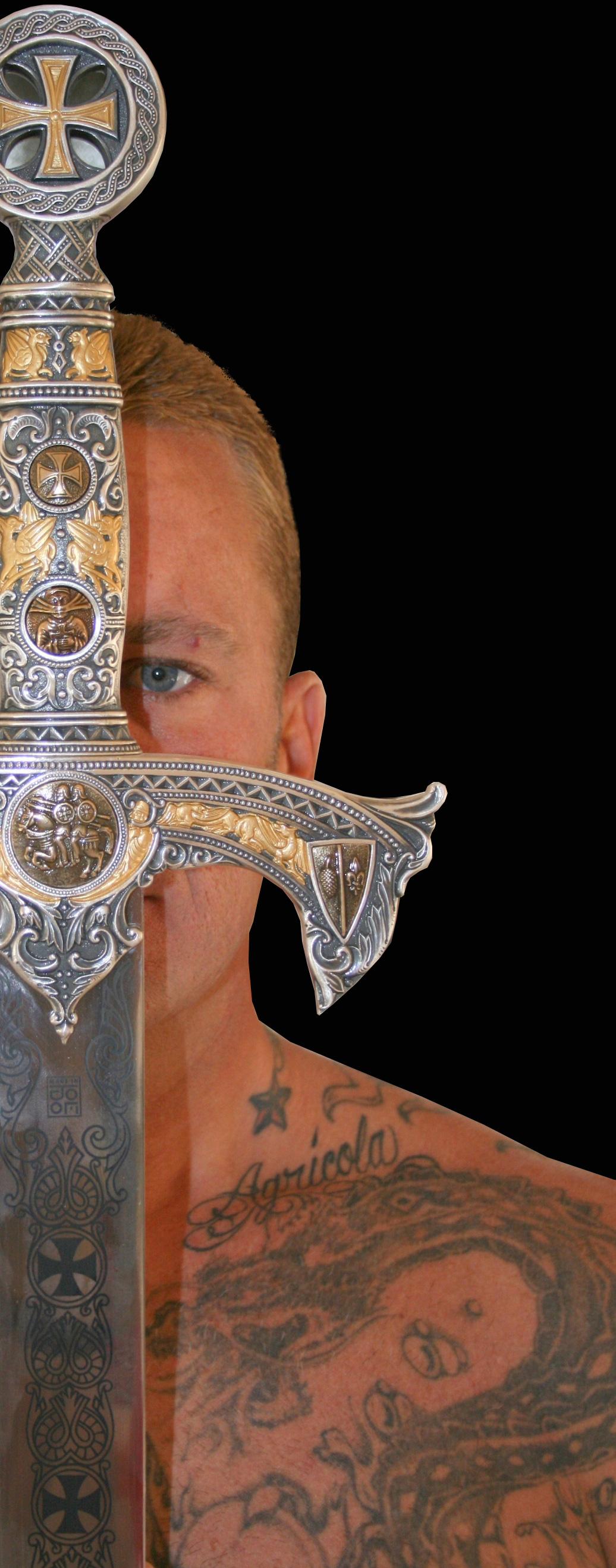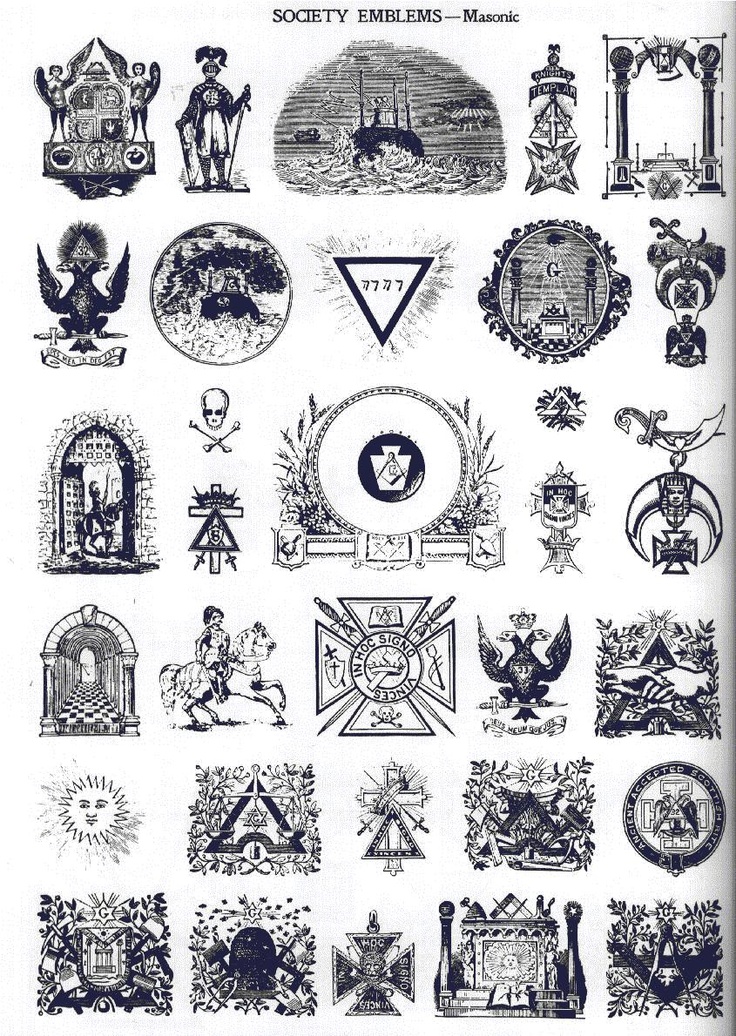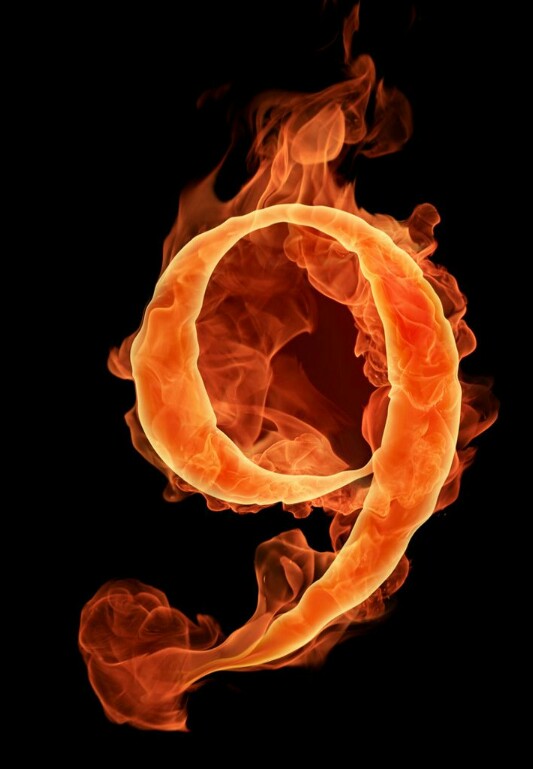In ancient times men fought with their right arms and defended the vital centers with their left arms, on which was carried the protecting shield. The right half of the body was regarded therefore as offensive and the left half defensive. For this reason also the right side of the body was considered masculine and the left side feminine. Several authorities are of the opinion that the present prevalent right-handedness of the race is the outgrowth of the custom of holding the left hand in restraint for defensive purposes. Furthermore, as the source of Being is in the primal darkness which preceded light, so the spiritual nature of man is in the dark part of his being, for the heart is on the left side.
Among the curious misconceptions arising from the false practice of associating darkness with evil is one by which several early nations used the right hand for all constructive labors and the left hand for only those purposes termed unclean and unfit for the sight of the gods. For the same reason black magic was often referred to as the left-hand path, and heaven was said to be upon the right and hell upon the left. Some philosophers further declared that there were two methods of writing: one from left to right, which was considered the exoteric method; the other from right to left, which was considered esoteric. The exoteric writing was that which was done out or away from the heart, while the esoteric writing was that which–like the ancient Hebrew–was written toward the heart.
The secret doctrine declares that every part and member of the body is epitomized in the brain and, in turn, that all that is in the brain is epitomized in the heart. In symbolism the human head is frequently used to represent intelligence and self-knowledge. As the human body in its entirety is the most perfect known product of the earth’s evolution, it was employed to represent Divinity–the highest appreciable state or condition. Artists, attempting to portray Divinity, often show only a hand emerging from an impenetrable cloud. The cloud signifies the Unknowable Divinity concealed from man by human limitation. The hand signifies the Divine activity, the only part of God which is cognizable to the lower senses.
The face consists of a natural trinity: the eyes representing the spiritual power which comprehends; the nostrils representing the preservative and vivifying power; and the mouth and ears representing the material Demiurgic power of the lower world. The first sphere is eternally existent and is creative; the second sphere pertains to the mystery of the creative breach; and the third sphere
THE THREEFOLD LIFE OF THE INNER MAN.
Redrawn from Gichtel’s Theosophia Practica. Johann Georg Gichtel, a profound Philosopher and mystic, the most illumined of the disciples of Jakob Böhme, secretly circulated the above diagrams among a small group of devoted friends and students. Gichtel republished the writings of Böhme, illustrating them with numerous remarkable figures. According to Gichtel, the diagrams above, represent the anatomy of the divine (or inner) man, and graphically set forth its condition during its human, infernal, and divine states. The plates in the William Law edition of Böhme’s works are based apparently upon Gichtel’s diagrams, which they follow in all essentials. Gichtel gives no detailed description of his figures, and the lettering on the original diagrams here translated out of the German is the only clue to the interpretation of the charts.
The two end figures represent the obverse and reverse of the same diagram and are termed Table Three. They are “designed to show the Condition of the whole Man, as to all his three essential Parts, Spirit, Soul, and Body, in his Regenerated State.” The third figure from the left is called the Second Table, and sets forth “the Condition of Man in his old, lapsed, and corrupted State; without any respect to, or consideration of his renewing by regeneration.” The third figure, however, does not correspond with the First Table of William Law. The First Table presumably represents the condition of humanity before the Fall, but the Gichtel plate pertains to the third, or regenerated, state of mankind. William Law thus describes the purpose of the diagrams, and the symbols upon them: “These three tables are designed to represent Man in his different Threefold State: the First before his Fall, in Purity, Dominion, and Glory: the Second after his Fall, in Pollution and Perdition: and the Third in his rising from the Fall, or on the Way of regeneration, in Sanctification and Tendency to his last Perfection.” The student of Orientalism will immediately recognize in the symbols upon the figures the Hindu chakras, or centers of spiritual force, the various motions and aspects of which reveal the condition of the disciple’s internal divine nature.

Moe is the founder of GnosticWarrior.com. He is a father, husband, author, martial arts black belt, and an expert in Gnosticism, the occult, and esotericism.


